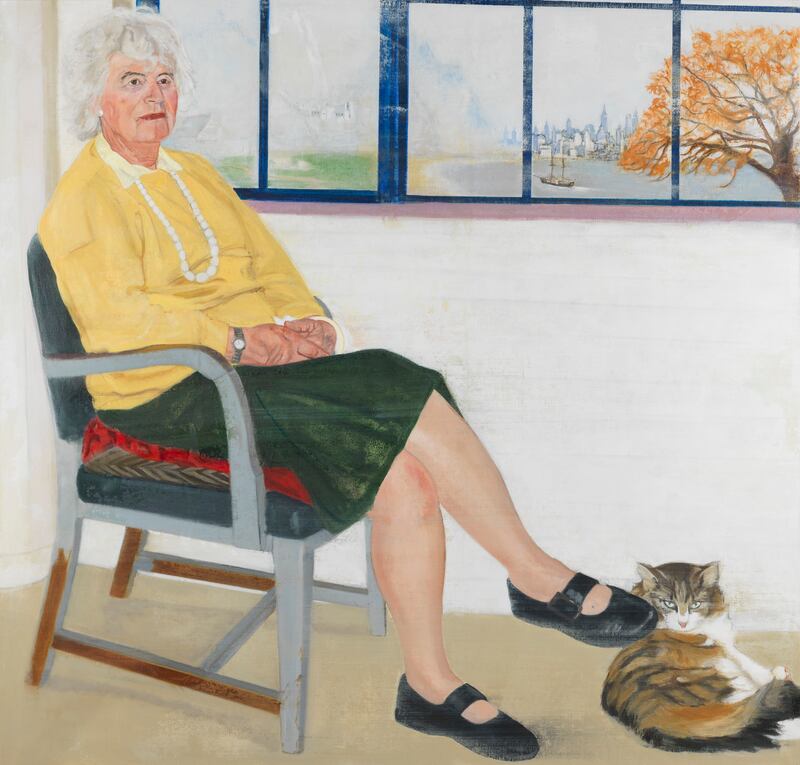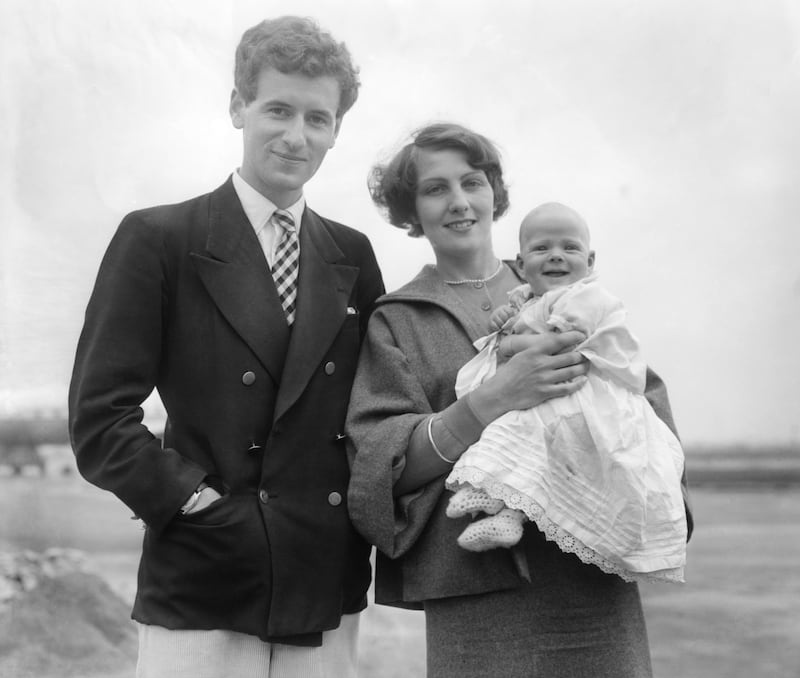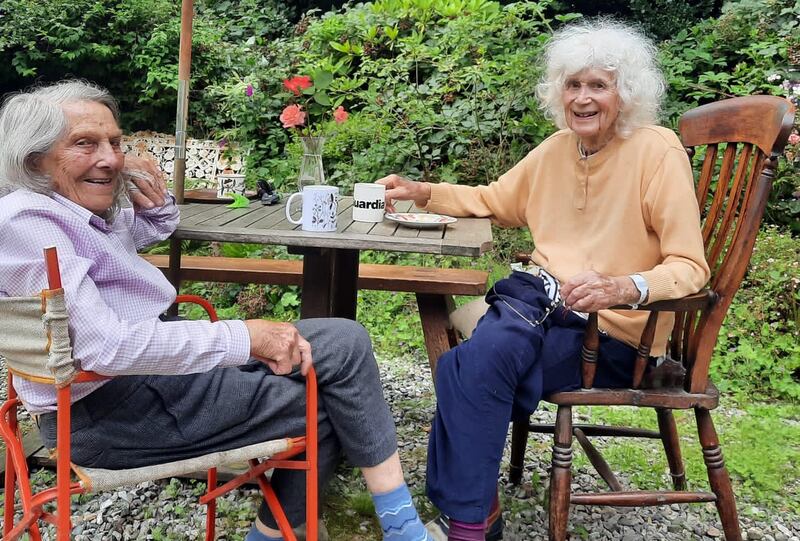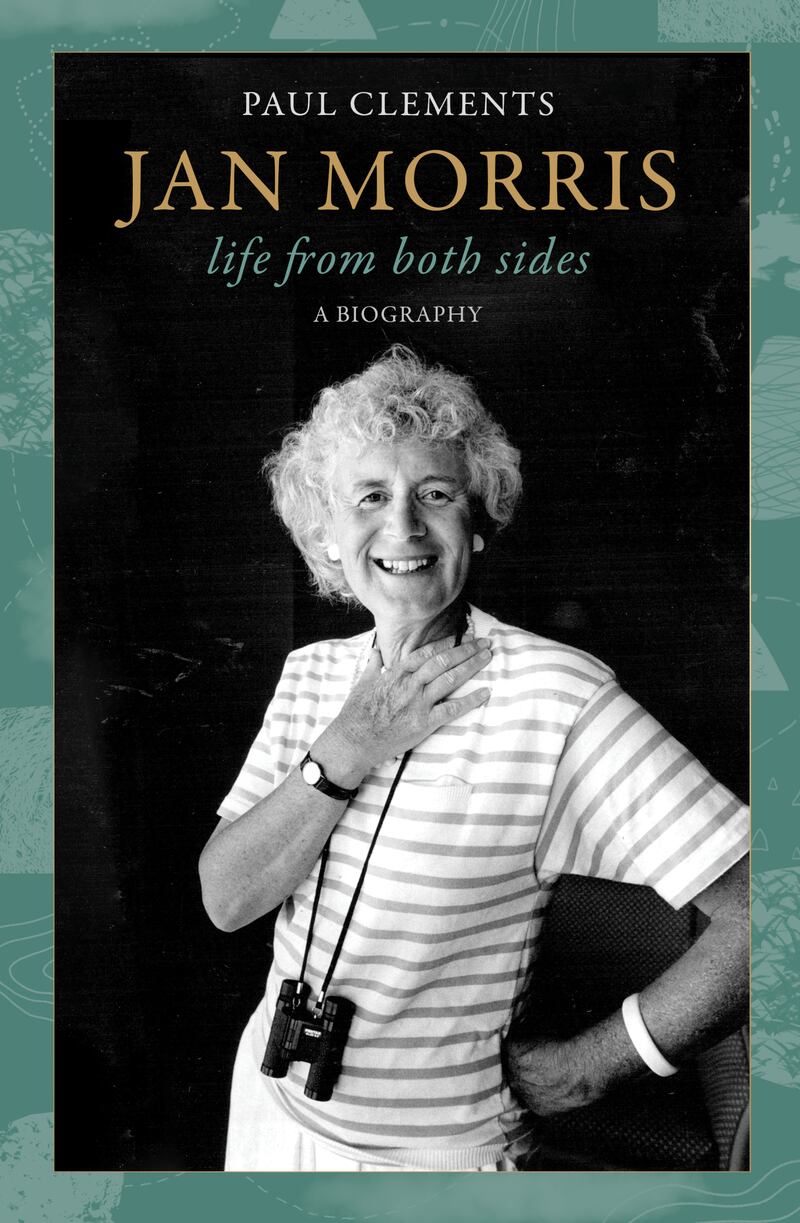Born in Clevedon on the coast of Somerset in 1926, Jan Morris wrote 60 books embracing history, travel, memoir, biography, architecture, diaries, essays and journalism, while a novel was shortlisted for the Booker Prize in 1985.
Halfway through her life Morris adopted Welsh nationalism, rejecting her English background, later accepting a CBE but remaining unapologetic about her love of Wales. She travelled the world reporting on major stories but disliked being called a travel writer. Shy and recalcitrant in private, she was a natural exhibitionist at talks or on television but less of an extrovert in her writing. And 50 years ago, having written 18 books as James, she became a transgender pioneer when she underwent surgery, then wrote prolifically for the next five decades as Jan.
The centrepiece of her literary life is her imperial trilogy, Pax Britannica, with the volumes coming out at matching intervals between 1968 and 1978. Morris began her research and travel for the books in the early 1960s, visiting more than 50 countries. The trilogy runs to half-a-million words and is her best claim to creating a new genre — one of historical detail and atmospheric storytelling linking the past to the present, reimagining through her senses what the empire was like and reflecting on imperial decline.
An amalgam of impressions and enthusiasms, Pax Britannica was an aesthetic journey showing Morris’s eye for the eccentric. Far from writing dry academic history, she let her imagination run free, evoking, for example, the atmosphere of Darjeeling in the 1890s and then going there in the 1960s to see what remnants of the Raj survived.

She was a journalist carrying readers along by the vitality of her writing and the trilogy has never been out of print. Amid her descriptions, Morris reflected on violent incidents such as the Amritsar Massacre in 1919 when British troops opened fire on a peaceful crowd of unarmed Indians, killing 379 people. On a later visit to Amritsar she reported that locals claim the figure was more than 800.
When she wrote about the Great Famine of the 1840s in Ireland, Morris called it “the saddest chapter of the whole imperial story” and described the Irish character: “The Irish were certainly stubborn and uncooperative, but there was a dignity to them, different in kind from the homelier assurance of the English countryman, which sprang directly from their pride of race, nation and religion. Their courtesy was gentlemanly, their hospitality almost universal, and they were very sprightly. For all its monotony, their diet had made them a handsome and energetic people, and they loved dancing, drinking, racing, and all convivial, hell-for-leather activities. Their impetuous tempers, which could quickly flame into violence and treachery, easily sprang into gaiety too, and they enjoyed (though they could not often indulge it) a gypsy taste for colour and flamboyance”.
A range of critical opinion greeted the books. While The Irish Times called it “a tour de force, majestically sure of touch”, some reviewers felt Morris’s writing was flippant or overwrought. She was criticised for not coming to any conclusions, to which she responded “historical conclusions signify nothing”. By the 1970s the ideology of imperialism had fallen out of favour, but Pax Britannica breathed fresh life into it and it became a much-studied topic.
Some historians, notably the late David Fieldhouse who vetted the Morris manuscript, compared her writing to that of George Orwell or Joseph Conrad. In a book review in 1999, Morris felt that by then the empire had become thoroughly demonised, stating: “The empire is dead and gone, and a good thing too”. But she could also be ambiguous. Reflecting on the empire in 2020, Morris said: “I recognised the arrogance of it all, the cruelty and the unfairness, but I responded to the beauty of the thing too, the pathos of its mixed intentions and genuinely useful achievements. My view of it, in short, was equivocal, and so it remains to this day”.
After the second World War, Morris served in the 9th Royal Lancers for three years, later becoming a feted foreign correspondent with The Times and the Manchester Guardian. She had a knack of being in the right place to witness some of the defining moments of the 20th century. Her first major story was coverage of the Cairo Fire, a series of riots in January 1952 in which 700 foreign properties were destroyed in a single day. The following year, as the accredited Times correspondent on the 1953 Everest expedition, she scooped rival journalists by sending a coded message back to the newspaper that Edmund Hillary and Tenzing Norgay had reached the summit.
Other major stories on which she reported included the Suez Crisis (1956) during which she exposed collusion between France and Israel, and between Britain and France leading to an attack on Egypt. In 1961 she covered the trial of the Nazi war criminal Adolf Eichmann in Jerusalem. By the age of 35 and known as “Correspondent to Everywhere” Morris had visited and written about 75 of the world’s leading cities. Decades later, as a freelance writer, she reported on the collapse of Communism, and in July 1997 on the handover of Hong Kong to China. By the time she reached her nineties in 2016 she was considered to be the most travelled Briton alive.
However, her life of adventure masked a personal problem. Since the age of three or four, Morris felt she had been born in the wrong body, but nevertheless fathered five children and was 46 before her transgender operation. In the summer of 1972 she went to Casablanca for surgery. Her memoir Conundrum (1974) tells the story of her dark thoughts in which she contemplated suicide. The book has been hugely influential for people who like her felt trapped in the wrong body. When published it prompted an exceptional critical reaction from the literary establishment, ranging from sympathetic encouragement and puzzlement to condescension, voyeurism and outright bigotry.


Morris’s life can be viewed as that of an escapologist. She was constantly running away, whether from public school, desk-bound newspaper work, railing against the restrictions of category with genre-defying work as well as her forcible escape struggling free from masculinity into a more capacious gender identity. In 1965, she broke free of her English background moving from Oxford to live with her family in the far north-western corner of Wales. She wrote and edited nine books about the country, sometimes her passion turning the prose purple. One of her finest, The Matter of Wales (1984), authored in a spirit of unabashed cultural nationalism, mingles topography, folklore and mythology alongside architecture, religion and historical destiny.
The result of years of immersion in Morris’s writing has led to my biography written during the lockdowns caused by the coronavirus pandemic. Although accessing archives proved a challenge, considerable help was given by some of her publishers, notably Oxford University Press. The multi-voiced biography features more than 100 interviews, hitherto unpublished letters, documents and rare photographs.
In a remarkable coincidence for someone who did more than perhaps anyone else in the 20th century to raise awareness of transgender identity, Morris’s death in 2020 occurred on November 20th — Transgender Day of Remembrance. The terminology relating to gender issues and pronouns has evolved since the 1970s along with shifting taboos, changing attitudes and tastes. It was important to be alert to gratuitous descriptions and to the sensitivity of certain phrases or stereotypes. Another issue related to treading a delicate line, balancing family concerns, given that Morris’s 98-year-old partner Elizabeth (they divorced in the 1970s, then remarried in 2008) is still living.
Jan Morris possessed a curious mix of, on the one hand, narcissism and vanity and, on the other, modesty and self-doubt. She could be kind and generous, yet feisty and wilful. While her extraordinary life was riddled with contradictions, allegory and complexities, she left an enduring legacy of books, and readers can enjoy her quixotic prose pictures, her buoyant vigour and quirky humour, while basking in the lyricism of her language.
Jan Morris: Life from Both Sides, A Biography by Paul Clements is published by Scribe. The book will be launched at Hodges Figgis, Dublin on October 13th.















